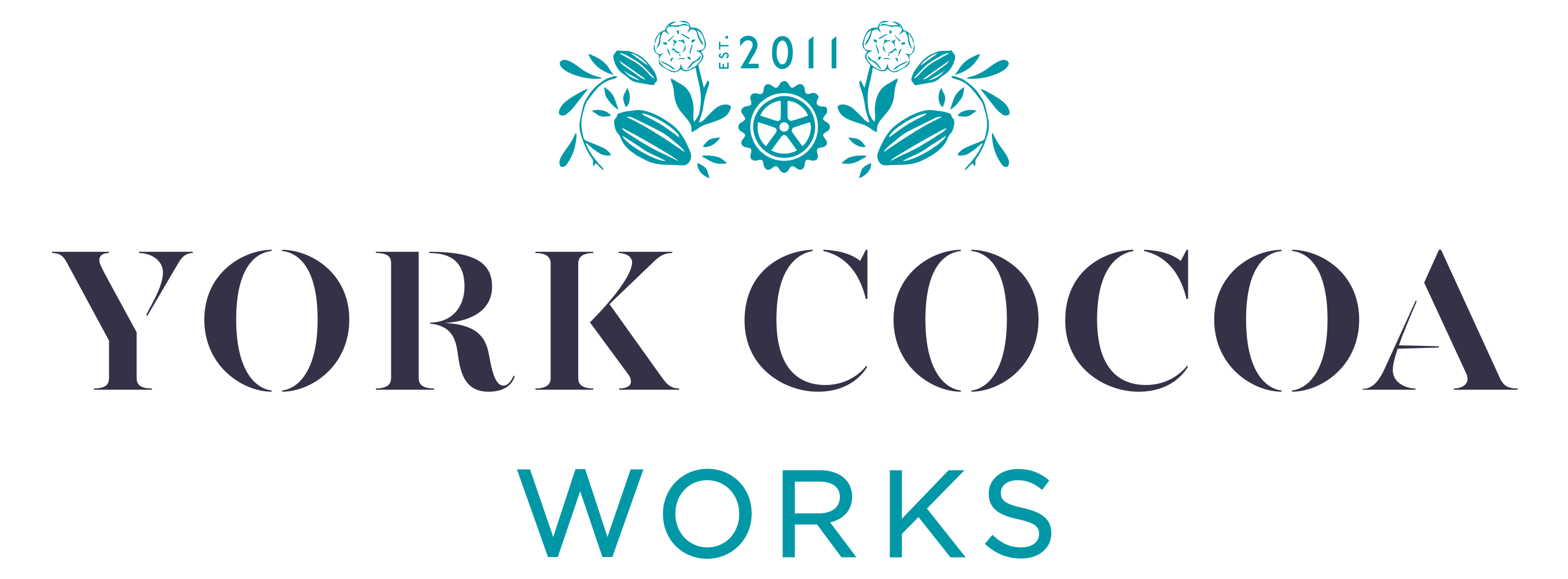The Confectioners of York
In 1808 Joseph Terry undertook his apprenticeship with chemists Cook, Taylor and Co. of Spurriergate, York. York’s wealthy and elite demanded expensive medicines to cure their ailments. A new ingredient was made its way into York at the same time, sugar enabled these medicines to taste nicer. Joseph Terry eventually set up his own business in 1815 on Walmgate, it’s here that Joseph Terry practiced the art of “Sugaring the Pill”. In 1823 Joseph Terry married into the Berry family, the following year Bayldon and Berry moved the business to St Helen’s Square, Bayldon leaves the business and a year later Robert Berry dies. Terry relinquished his own shop to go into partnership with George Berry to form the company Terry and Berry selling all sorts of high class confections. In 1828 George leaves and goes into business with his brother-in-law Thomas Hide on Ousegate, leaving Terry with the original Bayldon & Berry business. Thomas Hide was married to Frances Craven, her brother, Thomas Craven, came to York at the age of 16 to join Berry and Hide to serve his apprenticeship and learn his trade as a confectioner. Over on the other side of York at 47 Coney Street, Thomas Hicks opens his confectionery shop in 1822, in 1829 he has a daughter called Mary Ann.
The Confectioners of York; Hicks, Hide, Berry, Terry & Craven would regularly meet and discuss business matters, they were particularly upset about the importation of confectionery from the Channel Islands where duty was not paid on sugar, and the adulteration of sweets with Plaster of Paris. In 1836 a national association against the adulteration of confectionery is created, a letter to the Editor of the Manchester Courier from a York Confectioner points out the dangers of the situation “I am convinced that lozenges adulterated with plaster of Paris, must have an injurious effect on the health of those who use them regularly.”
When Mary Ann Hicks married Thomas Craven they united many of York’s prominent confectionery families. However a few years later both Mary’s father and husband died she found herself with 3 businesses to run as well as 3 small children to look after. Mary worked hard to steer the company around, Cravens of York became M A Cravens and Son, with her son Joseph joining the family firm, they became renowned for their Toffees and Humbugs. By 1881 the census says they employ 100 hands, working at the Coppergate factory to make fine quality wholesale products. Mary would famously have a high wooden arm chair, it would enable her to sit and over-view the workers and ensure they were not talking. The city centre was no place for a factory, it moved to Foss Islands and then eventually next to the railway line and river at Poppleton Road. However, the Coppergate Craven’s factory had some more sweet stories to tell, in 1974 the factory site was demolished to make way for a new shopping centre, excavation of the site revealed Viking artefacts and timbers of old Viking houses, the site now hosts the Jorvik Viking Museum, where the smell is a little less sweet than it once was.
Today, Mary Ann Craven is remembered opposite the factory she created with a beautiful stained glass window at All Saints Church, Pavement, it was paid for by her children as a tribute to a clearly driven and determined woman.
Joseph Terry’s sons took over the family business upon his death in 1850, but eventually only Joseph Terry Jnr is left. Under Joseph’s direction the company expands, they start to roast cocoa beans in Brierly yard at the back of the shop before opening a factory on the bank of the River Ouse at Clementhorpe – “twice weekly the steam packet brought coal, sugar, cocoa, glucose and orange and lemon rinds in brine.” Their award winning goods were being shipped to all areas of the world, including Australia. The shop became a flagship for high class confections, they even made the christening cake for Queen Victoria’s daughter. However industry had changed, by 1895 the company had 500 employees, Joseph Terry had become Lord Mayor of York on 4 occasions, Governor of the Merchant Adventurers and in 1887 he was knighted.
When Joseph Terry died in 1898 the business was taken over by his sons, however Joseph had remarried after his wife’s death, and had a further son – Francis, with divisions in the family the business started to suffer. In 1910 his elder son, Thomas died in a road accident and the company was struggling. Investment was received from another powerful York man – Henry Ernest Leetham. In 1915 his daughter was to marry Thomas Terry’s son Harold, however the other daughter Kathleen was secretly dating Harold’s brother, Noel. Kathleen’s father disapproved of their relationship so they kept in contact through hundreds of letters exchanged in secret via brothers, sisters and family friends. Leetham was not such a welcome addition to the family business, many thought he had waited until Lady Terry was close to death to make his advances on the ailing business. At the time Noel was struggling to be allowed entry to the family firm, he fought to be accepted onto the board while the work-force felt he did not deserve his place, Noel had a long task ahead of him to prove his worth. In one letter to Kits (as he called Kathleen), he writes he has been tasked at the shop in St Helen’s Square to go through an old box of cutters and moulds used to make Conversational Lozenges – They say messages such as “Will you Marry Me” – Noel wondered what her answer might be if he were to send her half a pound of the confection.
Discover more with a visit to Fairfax House, the Mansion House, All Saints Church and Goddards

